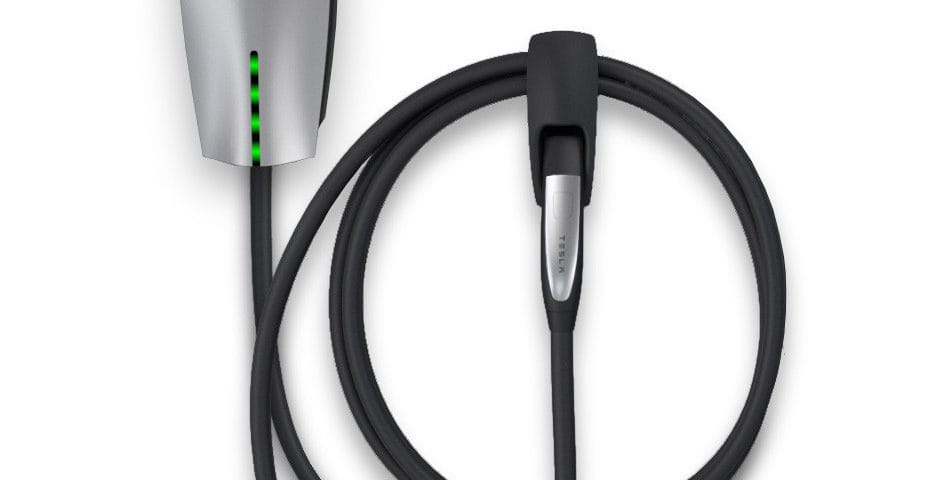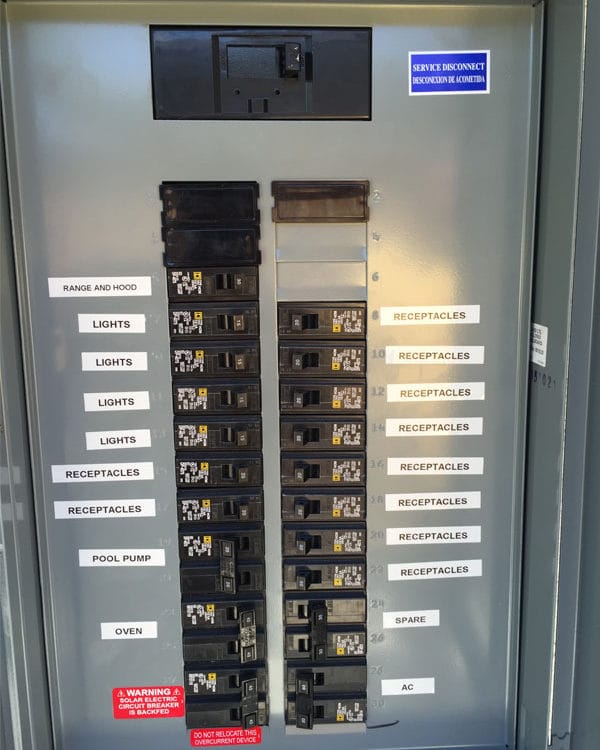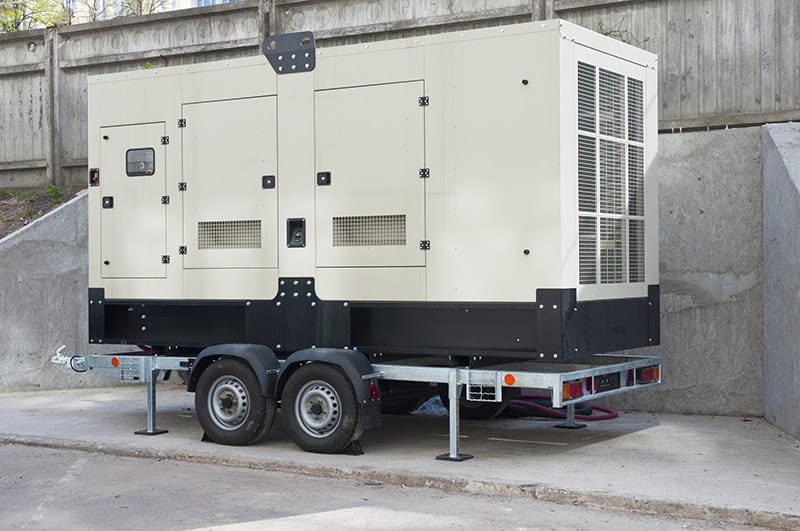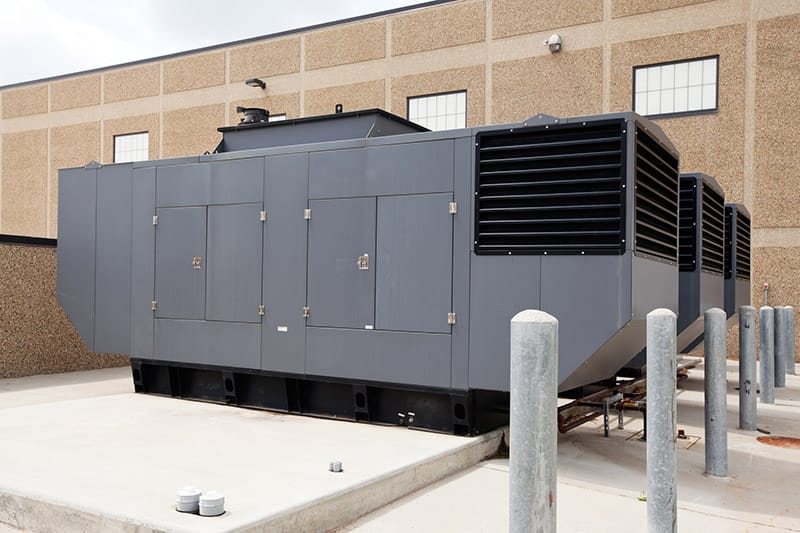Level 2 Car Charger Installation

Why and When you should upgrade your Panel
February 14, 2017What, When, How to install a Level 2 Car Charger?
WHAT:
First Thing you will need to do is, figure which type of Electric Vehicle you will be purchasing.
Do you Want a Hybrid or a Pure Electric Vehicle? What is the difference?
A hybrid Vehicle uses both Electric and Gas. Once all the charge for the battery on a Hybrid runs out it will then tap into the gas stored.
A Pure Electric Vehicle solely runs on a electric charge. Depending on which charger you choose to install, will determine how long it takes to charge to the full battery capacity.
Can you use a regular outlet to charge your vehicle? Yes you can in some vehicles but this will take you a very, very , very long time to do so. Imagine if you will, a cell phone charger. Most newer phones when purchased come a super charging cord. When using this super charging cord, it will take very little time to reach its max charging.
Now when you lose your super charger cord for your phone or get a spare cord with a regular plug in base, it will take sometimes more than double the time of the super charging cord. Same concept with Level 2 chargers versus regular outlets.
Pick Your Charger
Aside from Teslas, EVs and plug-ins in the U.S. use the SAE-standard J1772 plug. Although they work about the same way, not all chargers are created equal.
Cost: Level 2 chargers range in price from just under $500 to more than $2500 just for the charger itself. The two biggest factors are amperage and cord length: If you want more, expect to pay more.
Installation Type: This unit is meant to be a permanent installation, mounted to the wall on a bracket. But some are classified (confusingly) as “permanently installed, removable” and use a standard plug so you can take the charger with you if you move.
Amperage: Level 2 chargers come in 16- or 30-amp flavors. A 16-amp charger works fine for plug-ins such as the Chevrolet Volt, which doesn’t draw more current than that, and can often be installed with your existing wiring. But 30 amps should be your default, as it provides maximum charging speed and future-proofs your purchase if you buy a second electric vehicle.
Cord Length: The location of the charger in your garage will depend on how far you’ll need to reach to access the car’s charge port. A Nissan Leaf, for instance, is about 14½ feet long and charges from the nose. We recommend a spot close to the garage door, so you can charge your car even if you’re parked in the driveway. A 16- or 18-foot cord should be fine, but go longer if you can afford it. These units can’t be retrofitted if you’ve left yourself short.
There are many options for a charger as well. Wall mounted chargers that are hardwired into the wall or NEMA outlet that you plug your cord/adapter into and charge. Know what you want ahead to narrow down the pricing aspect.
How much does it cost to install a Car charger/ EV Charger?
Each home’s electrical and structural layout is unique, so pricing is something that will require a licensed electrician to assess onsite.
Don’t expect prices over the phone… If it sounds good, it’s too good to be true!
WHEN:
Before you expect your car to be delivered or picked up, you may want to look into getting your charger set up before hand. You’ll obviously need somewhere to charge your car, right?
Can you install a Car Charger yourself?
Highly not recommended. The maze of electrical codes that govern such an installation. Put simply, this is probably a job for a professional electrician. The good news is that when you buy an EV or a plug-in, many electric utilities offer incentives that cover the cost of a charger and its installation. So, hiring a pro to do the work not only is easy but also essentially will be free with the rebates and incentives you will get back in savings. This job will require an inspection from your power company—another reason for having the unit professionally installed. Permits are often required as well.
Often times you will call around and try to ask “How much does it cost to install a car charger”. If an electrician gives you a price over the phone without ever offering to visit your property and properly assess the installation, HANG UP!!!
There is no way a qualified experienced electrician would give you a price over the phone and stick to that price without knowing what the electrical layout and status is. It’s like calling a mechanic and saying ” My car is not working, how much will it cost to fix it?” How can you fix something if you don’t know what the issue is? You need to assess it, right?
HOW:
Get Your House Ready
The biggest potential headache with an EV charger is whether you have proper electrical service. If your house can’t handle the extra load of a charger, you’re dealing with an even bigger project of getting a new service drop, which means cutting off power to the house and installing a new meter and breaker panel. You’ll also need to consider the age of your garage and its distance from the house. Old wiring going to the garage might need to be replaced, and longer distances can come with a nominal increase in the size and cost of the cable that runs to the charger. In most instances, though, an electrician will be able to properly wire to your garage. If you’re experienced with home wiring, make sure you follow all the guidelines. Ignoring them carries a very real risk of an electrical fire. National Electrical Code Article 625 covers the rules for EV-charger installation, such as where a charger can be mounted and what kind of wiring is required. Check state and local codes as well.
If you don’t have a garage, you can install a charger in your driveway. For outdoor mounting, you’ll want a unit with a NEMA (National Electrical Manufacturers Association) rating of 4X—the Bosch Power Xpress is one example—which is made to stand up to rain, cold, and dust.
Let’s simplify things needed to install a Level 2 charger.
What is the Load calculation and capacity on your panel? The load calculation will tell an electrician how much power is being used in your panel versus how much your electrical panel can handle.
For example: If you have a 200 amp panel but your load calculation if 150 amps, then you still can add a 50 amp breaker without over loading your panel capacity of 200 amps.
But that’s not all you will have to factor in. the structural layout from the main electrical panel to the desired car charger is very important as well. some scenarios like a condo, apartment or townhouse will have a separate meter and parking lot with shared parking. This is a little more complicated for the installation due to the placement of where the main power source from the panel is located.
If your dealership recommends a specific electrician, its a good idea to consider those candidates. They have been pre-screened and approved and top rated for installations.
Now that you have read this article, Good luck with getting a charger installed. Find the right Electrician to do the job right.
EV Car Charger Installation
Tesla ( Model X, Model S, Model 3 )
Chevy Bolt
BMWi3, 530
Jaguar I-Pace
LandRover
Fiat
Porshe Cayenne
Prius
Honda
Chargepoint, Clipper Creek, Nema 14-50 outlet, Tesla Wall Connector
Article Design Credit: Cindy L




